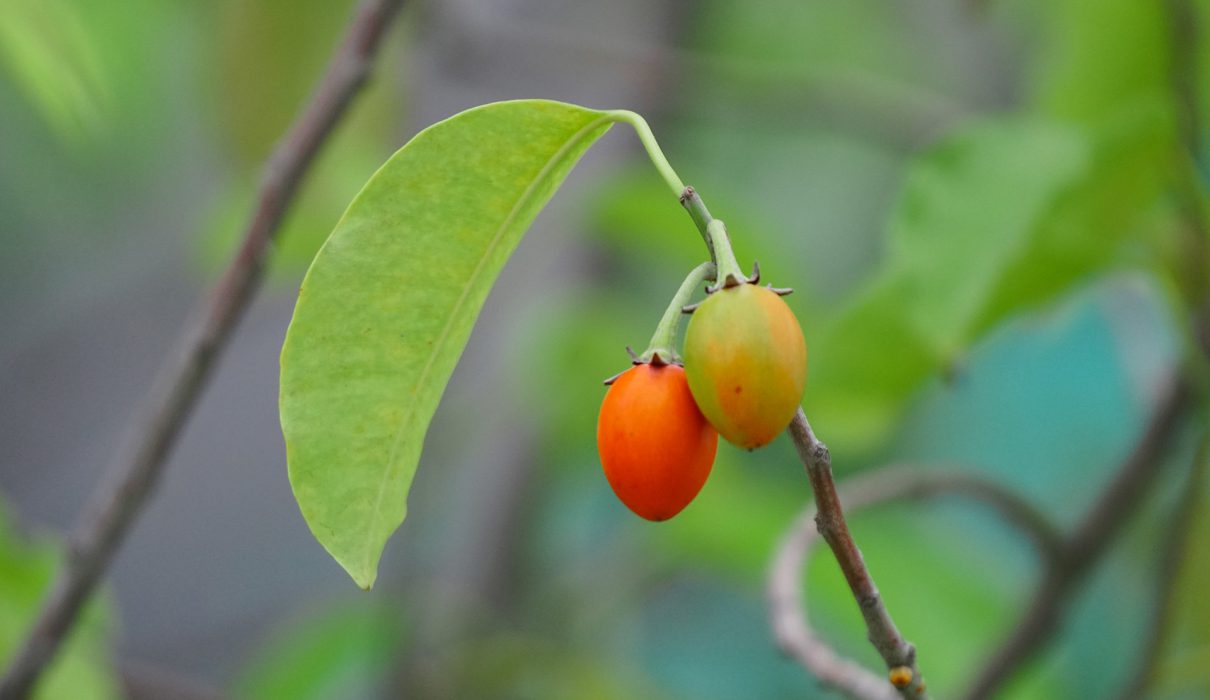In the tropical canvas of the Maldives, Moonima stands as a botanical gem, gracing gardens with its beauty and aromatic offerings. While not a common sight in Noonu Lhohi, my island, a memory persists of a grand Moonima tree, a towering presence that has since faded. In contrast, Hulhumale boasts the widespread presence of this captivating tree, lining roads with its hard, deep red wood and offering edible orange to red fruits. A prized addition to gardens, Moonima is a cultural and medicinal treasure, deeply rooted in the coastal regions of South and Southeast Asia.
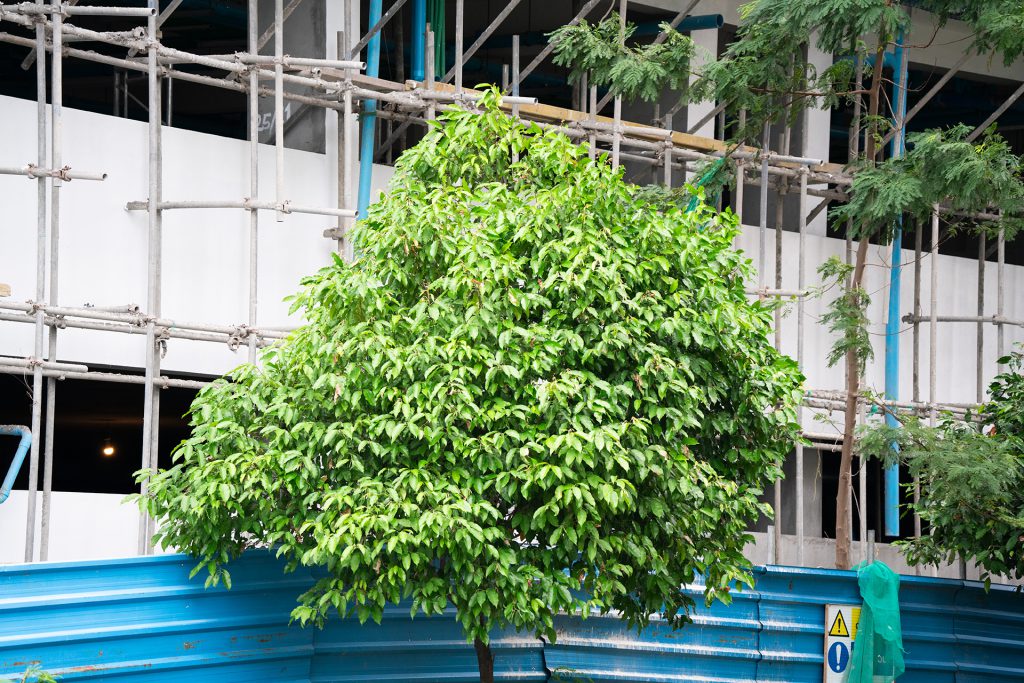
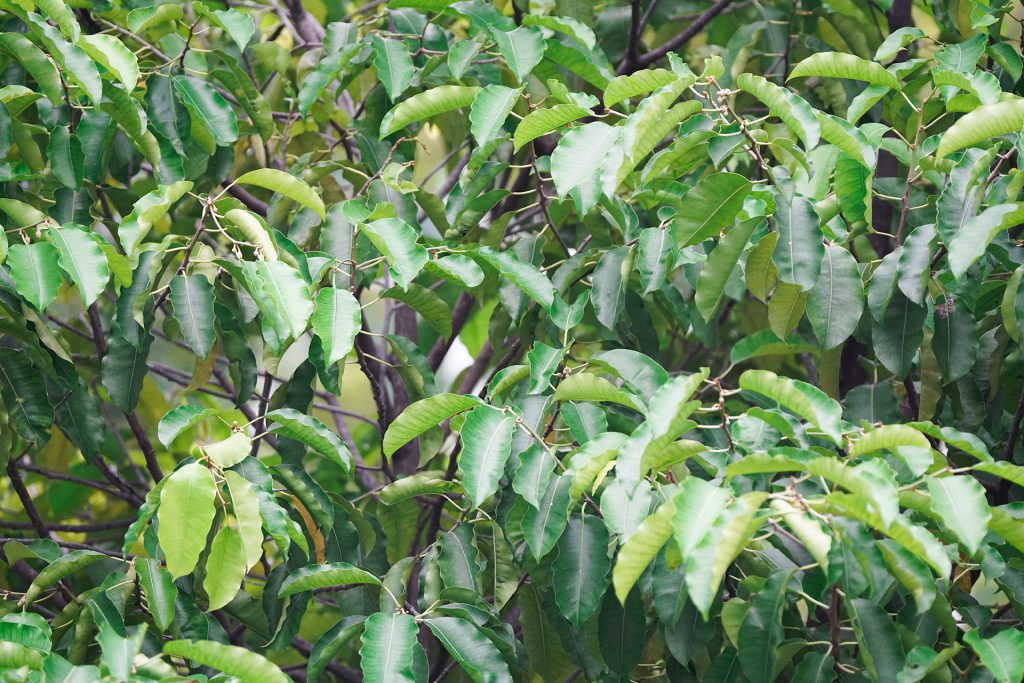
Taxonomy:
- Family: Sapotaceae
- Synonym: Mimusops lucida Poir.
- Local name (Dhivehi): Moonimaa
- English names: Bullet wood, Bakul tree
Description:
- Evergreen trees, reaching heights of up to 20 m.
- Bark dark grey, longitudinally cracked or fissured, with white exudation.
- Simple, alternate leaves, 4-12 × 3.5-7.5 cm; elliptic or elliptic-oblong, with a round or obtuse base and an obtuse to acuminate apex.
- White, fragrant flowers, 1-3 in axillary fascicles; pedicel 1 cm long.
- Fruit a berry, yellow or orange-yellow, ovoid, 2.5 × 1.5 cm, fleshy; usually with one smooth, shining, laterally compressed seed.
Flowering & Fruiting:
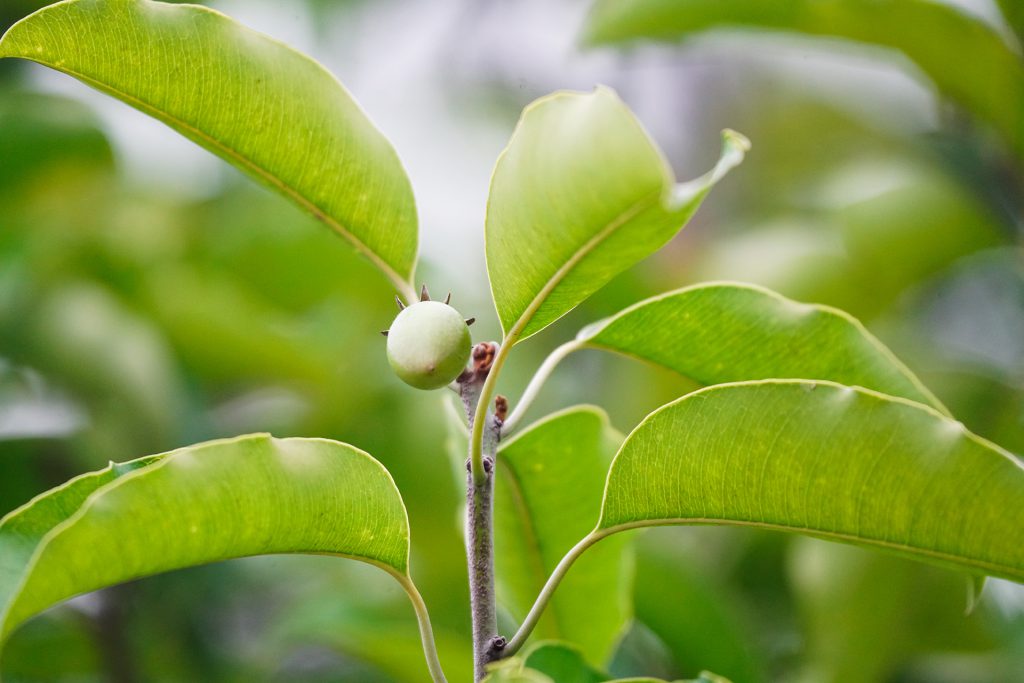
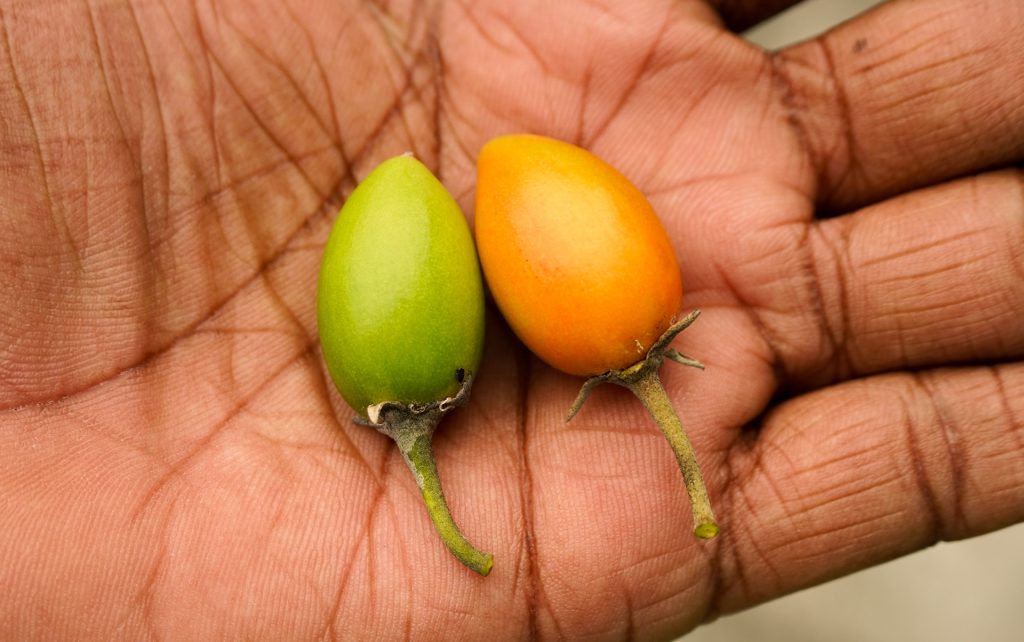
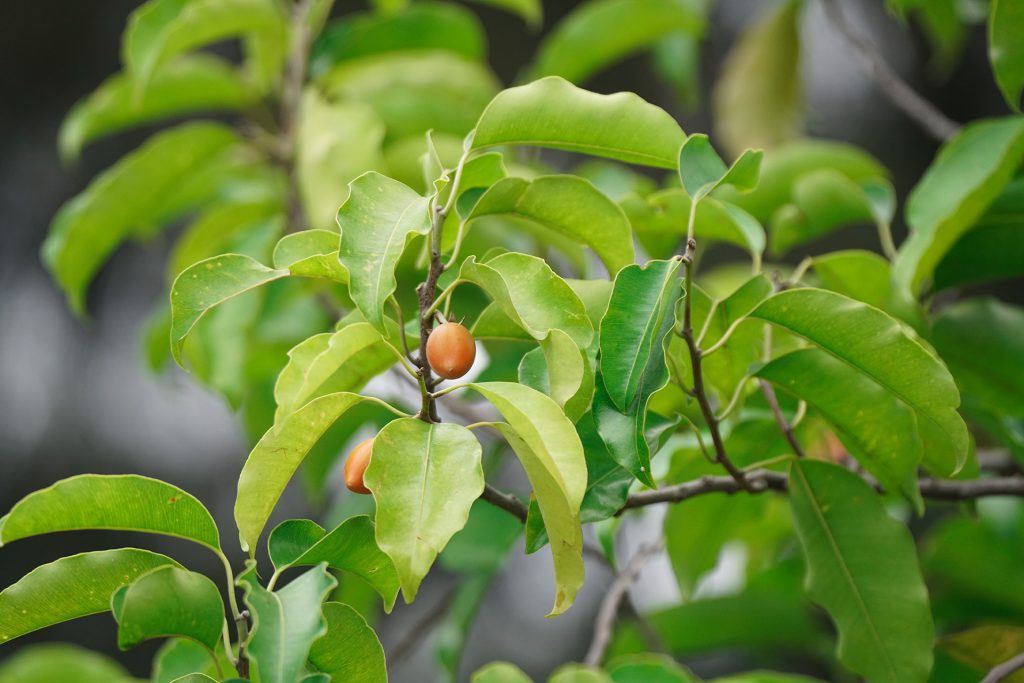
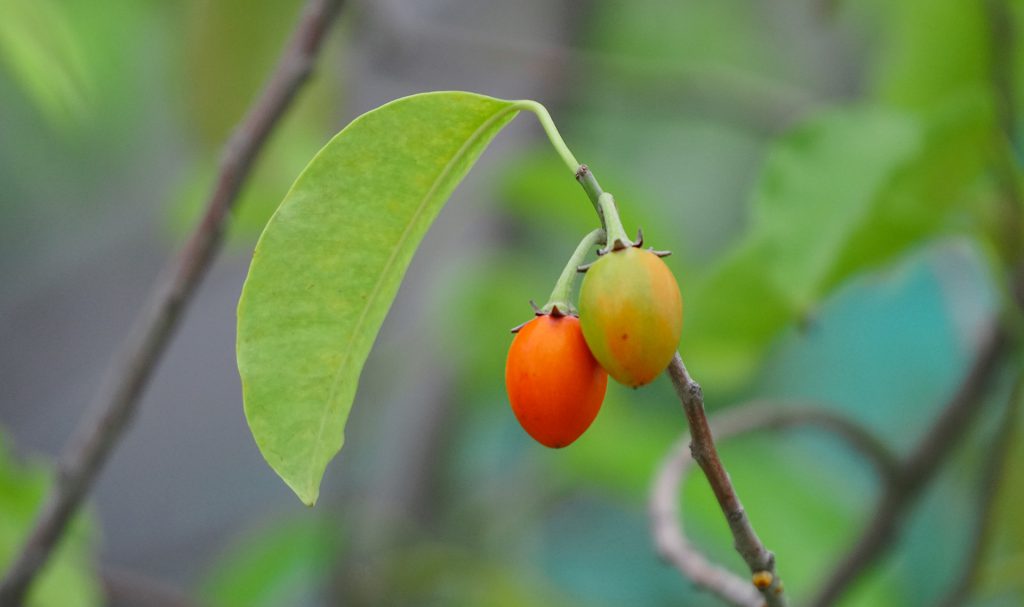
- December – August
Native Range and Distribution:
- Native to South and Southeast Asia, including the coastal areas of the Indian subcontinent, Maldives, Bangladesh, Sri Lanka, Vietnam, Myanmar, and Northern Australia.
- Introduced in China in the 20th century and now cultivated in its southern regions and Taiwan.
Occurrence in Maldives:
- Widely planted as an avenue tree.
Uses:
- Flowers are sweet-scented and used in garlands.
- Wood, with its deep red hue and extreme hardness, is employed in building construction and agricultural implements.
- Bark-infused water serves as a gargle for dental issues and gum inflammation.
- Bark, flowers, and fruits exhibit acrid, astringent, cooling, and anthelmintic properties.
- Tender stems serve as toothbrushes.
- Flowers contribute to a lotion for wounds and ulcers.
As the fragrant blooms of Moonima dance in the tropical breeze, its significance extends beyond aesthetics, intertwining with the daily lives, traditions, and remedies of the Maldivian community.
Reference:
- COMMON PLANTS OF MALDIVES/ FAO


